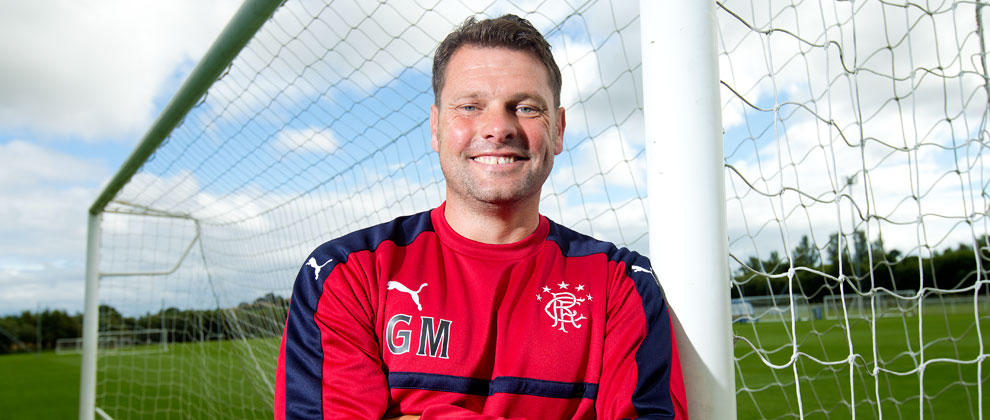Is Graeme Murty ready to make a major change?

If one thing stood out about the losses to Celtic and Kilmarnock, it was Rangers’ complete lack of versatility.
Graeme Murty has stood adroitly behind his 4-2-3-1 formation with the only exception being the midfield diamond at Ayr away in the cup – and that one, oddly enough, yielded the highest scoreline Rangers have managed in a long time.
But otherwise it’s been Murty’s favourite shape Rangers have stuck to, and while we have seen mostly stunning displays from a great number of players like Murphy, Docherty, Windass and Cummings, the losses recently do argue a case for major flexibility.
Rangers have the squad to change shape. They have the players for a lot of different formations. And if the Celtic and Killie results are an omen, opposing teams may have caught on to how Murty sets out.
This happened in 2015 under Warburton – his favoured 4-3-3 formation had rampaged from July to September, but an innocuous trip to the-then Cheaper Insurance Direct Stadium to face Dumbarton was his undoing, and the home side had the number of their visitors. We won, but barely. A few days later Tommy Wright’s St Johnstone came to Ibrox, and, well, the rest as they say is history.
Murty must learn from those kind of mistakes, from relying on a system which may now be vulnerable. There is nothing wrong with 4-2-3-1, but there is something wrong with never altering from it unless trying to win the game with 20 minutes to go.
Rangers have 4-4-2 (flat), 4-4-2 (diamond), 4-1-4-1 etc etc in their locker. Three at the back isn’t feasible at this moment in time due to the poverty of centre halves.
But there are many formations possible in front of a back four, and if Murty has learned from Celtic and Killie, he knows variation is going to become key.
Not being flexible was a major cause of Mark Warburton’s undoing at both Rangers and then Forest – if Murty is to make a fist of this job, he will need to employ different systems.